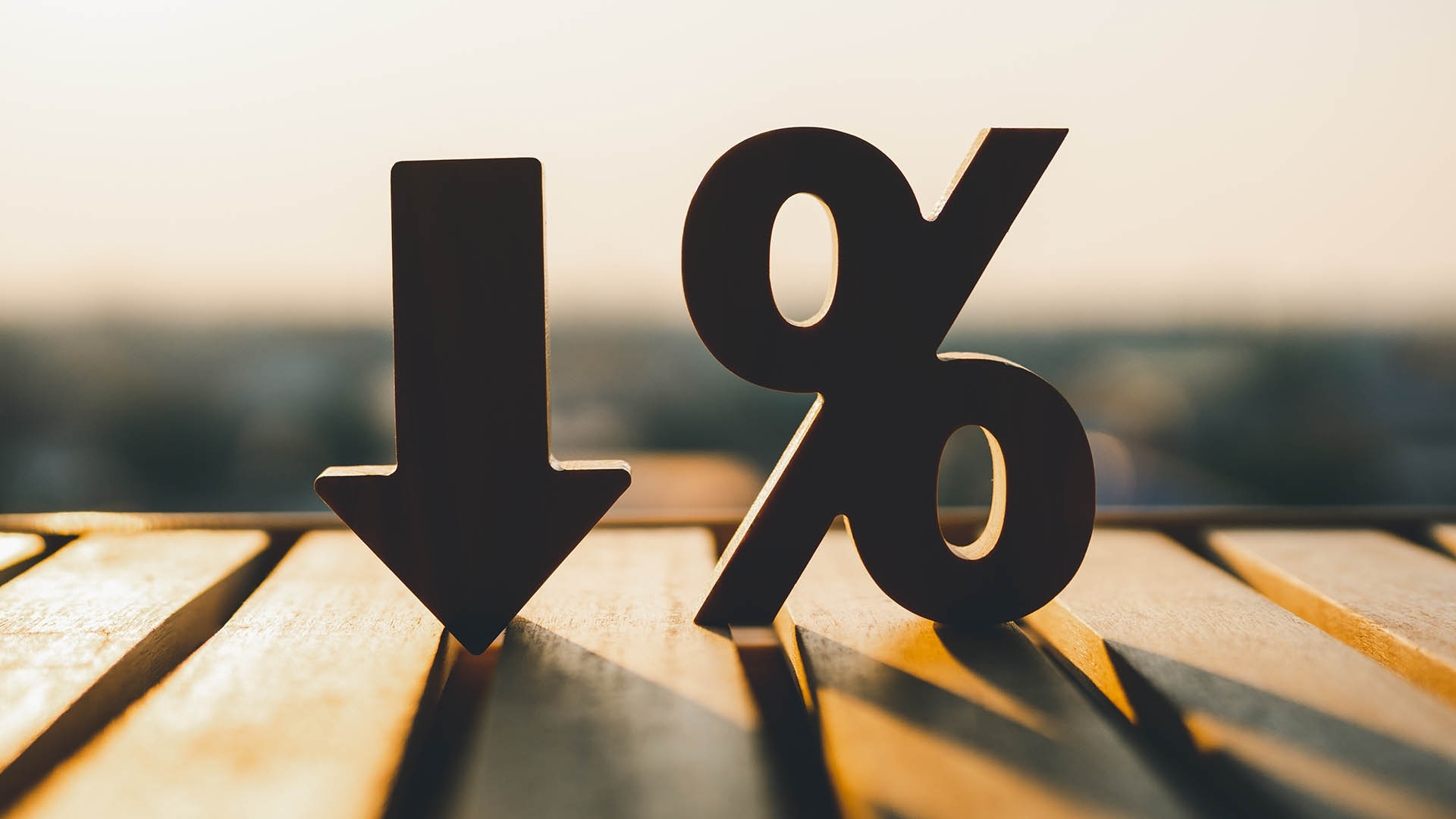Inflation is falling on both sides of the Atlantic, which is good news for all concerned. In Europe, the advance data on inflation showed a slide to an annual rate of 2.4% from 2.9% in October, while in the US, so-called PCE (personal consumption expenditure) inflation is still falling to 3% in October, from 3.6% in September.
Europe’s rate is the lowest in almost two and a half years. But that is as far as any similarity gets – Europe’s slide is being driven by very weak economic activity and recession-like conditions in some major economies such as Germany.
In the US, the economy is booming with a second estimate of the third quarter GDP showing a 5.2% annual growth rate, up from the first estimate of 4.9%.
In September, the Fed’s policymakers had predicted that inflation would average 3.3% in the December quarter. Prices are now on track to rise by less than that, raising the likelihood that the Fed will not raise rates any further. Certainly, all talk of a rate rise is off the agenda for this month’s Fed meeting, and the European Central Bank.
Wall Street had a slightly negative reaction to the news that US and European inflation continued to cool in October and November. While the Dow rose strongly, the S&P 500 and the Nasdaq seemed to have second thoughts and fell – though the S&P 500 moved back into the green in the final hour or so of the session and then dipped back into the red.
US bond yields continue to fall, with the 10-year security showing a yield of 4.36%. That was up 10 points on the day but down more than 29 points for November. The US dollar strengthened, forcing the Aussie dollar back to around 66 US cents in early Asia.
In fact, in the US, it's happened with little economic turmoil and solid consumer activity, but in Europe, it's a very different story as the region continues to struggle to recover from the unholy combination of high inflation and the disruptions to energy and other supplies from the pandemic and the Russian invasion of Ukraine.
US core PCE, which excludes volatile food and energy prices and is tracked closely by the Fed, increased 3.5%, slowing from September's 3.7% rate. That means the last three months, core PCE rose at a 2.4% annual rate, holding steady from September. That is within striking distance of the Fed's target.
By way of comparison, core Consumer Price Index inflation was at 4% in October, while headline was at 3.2%. EU core inflation was up 3.6% last month — plunging from October’s 4.2%.














